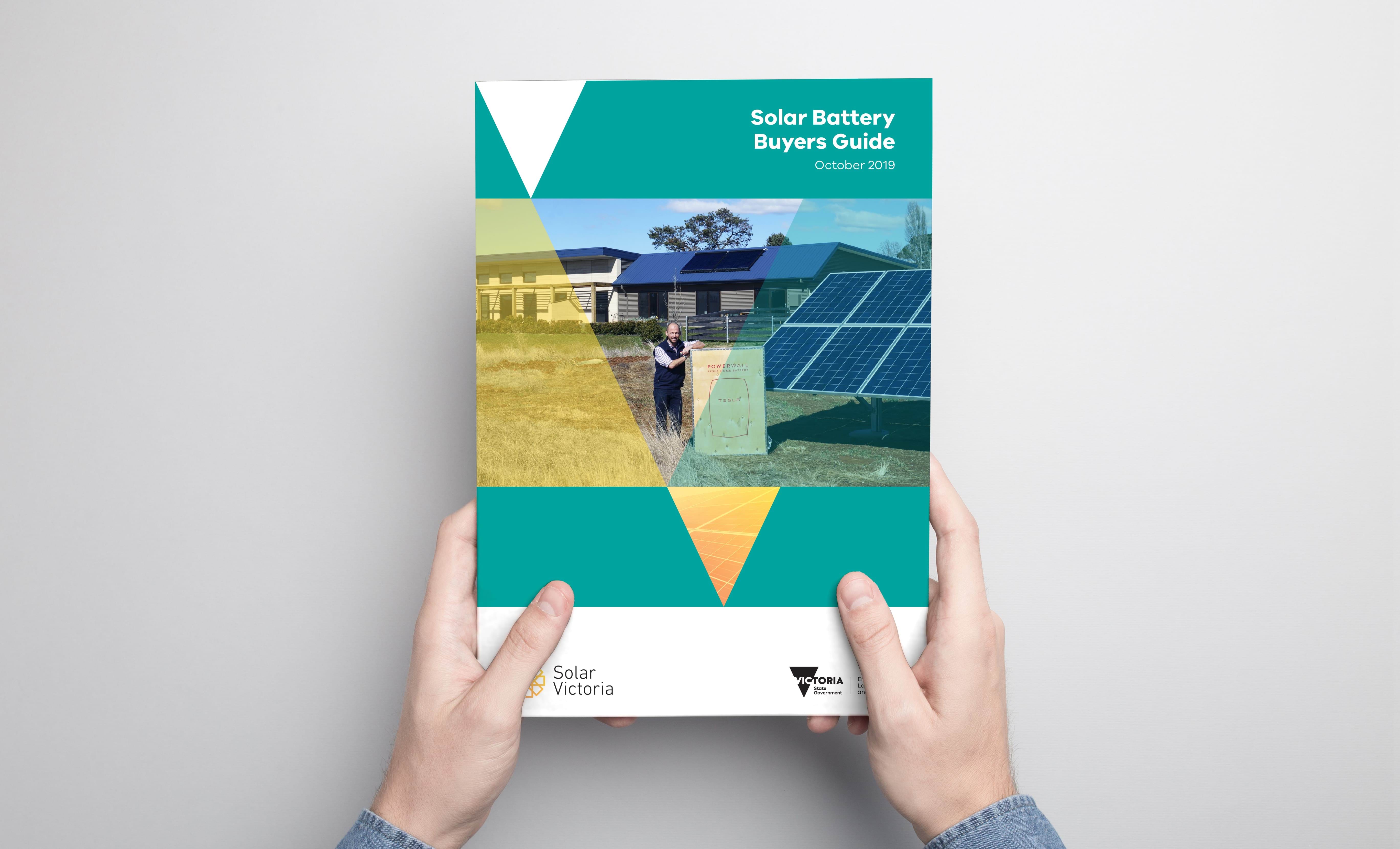When the time came to purchase a solar PV system for his Brunswick property in 2016, Terry and his partner knew they also wanted a battery system to store solar-generated electricity so they would use less electricity from the grid.
But whether or not the intended solar battery system would be connected to the electricity grid was up for consideration.
The decision was forced when they had to size the system.
A solar battery system that was ‘off-the-grid’ would need more panels, a bigger battery and a different battery type in order to store enough electricity for night time use and cloudy days.
An off-grid system sized for a daily household consumption of 10 kilowatt-hours per day could cost around $55,000 installed, according to estimates from not-for-profit organisation Renew.
They installed what's known as a ‘hybrid’ system, which is a grid-interactive solar PV system with the addition of batteries.
The 4kWh battery system cost $9700, and was added to the 5kW solar PV system, installed around six months earlier. While an off-grid solar system would have given them the freedom of no more electricity charges, a well-planned hybrid set up would lower their bills, while guaranteeing an electricity supply in a cloudy week in winter.
“In the end we decided that we wanted to stay connected to the grid. The grid is good, it will just be used in a different way in the future to support an energy system where consumers will have more control over how they make, use, store and share energy,” says Terry.
Terry says he wanted a battery to maximise use of their own solar electricity and increase the household's grid independence. The battery was added around six months after they installed the solar PV system, and immediately had an effect on the way they use electricity.
“In the first two months of operation, our house moved from 30 per cent to 70 per cent grid independence, in that 70 per cent of our energy is now generated by our solar system. Interestingly, that 70 per cent is lower than we expected given a substantially oversized solar array and battery. It turns out that our standby energy usage is too low to be served by our inverter! However, it's still a good result.”
Terry had strong philosophical reasons for wanting to stay connected to the grid.
“The shift to clean energy goes hand in hand with localisation. How can I localise and form community if I isolate myself from the grid? I would no longer be able to share my surplus solar with my neighbours with an off-grid system.”
He's excited about the prospect of other households getting solar battery systems as well, and the impact it will have on the electricity grid.
“Globally, grids are being modernised, as is the Australian grid. Having the majority of households with their own power station staying connected to the grid accelerates the shift to clean energy, with appropriate changes to the network.”
Terry's household intends to disconnect their gas supply and escape the associated gas connection charges altogether, as they plan to go off-gas for cooking, space heating and hot water.
“Being able to store energy has made it easier for us move to an all-electric, renewably powered household, giving us a path to increased energy independence.”

Planning for an all electric home
Households with solar PV systems can get more out of their solar electricity by switching to energy-efficient electric appliances.
Off-grid or grid-connect batteries?
Renew Energy Analyst Andrew Reddaway says that most households only chose an off-grid electricity system out of necessity.
“For many remote properties, there's no choice other than to go off-grid, with the cost of connecting to the grid higher than installing even a large independent energy system. Others are looking to escape the electricity grid and associated bills, although going fully off-grid is rarely the answer due to its high up-front cost.”
As the upfront costs for battery systems connected to the grid are still high, potential solar households should work out whether their bill savings would be big enough to justify adding batteries to their system.
Updated




